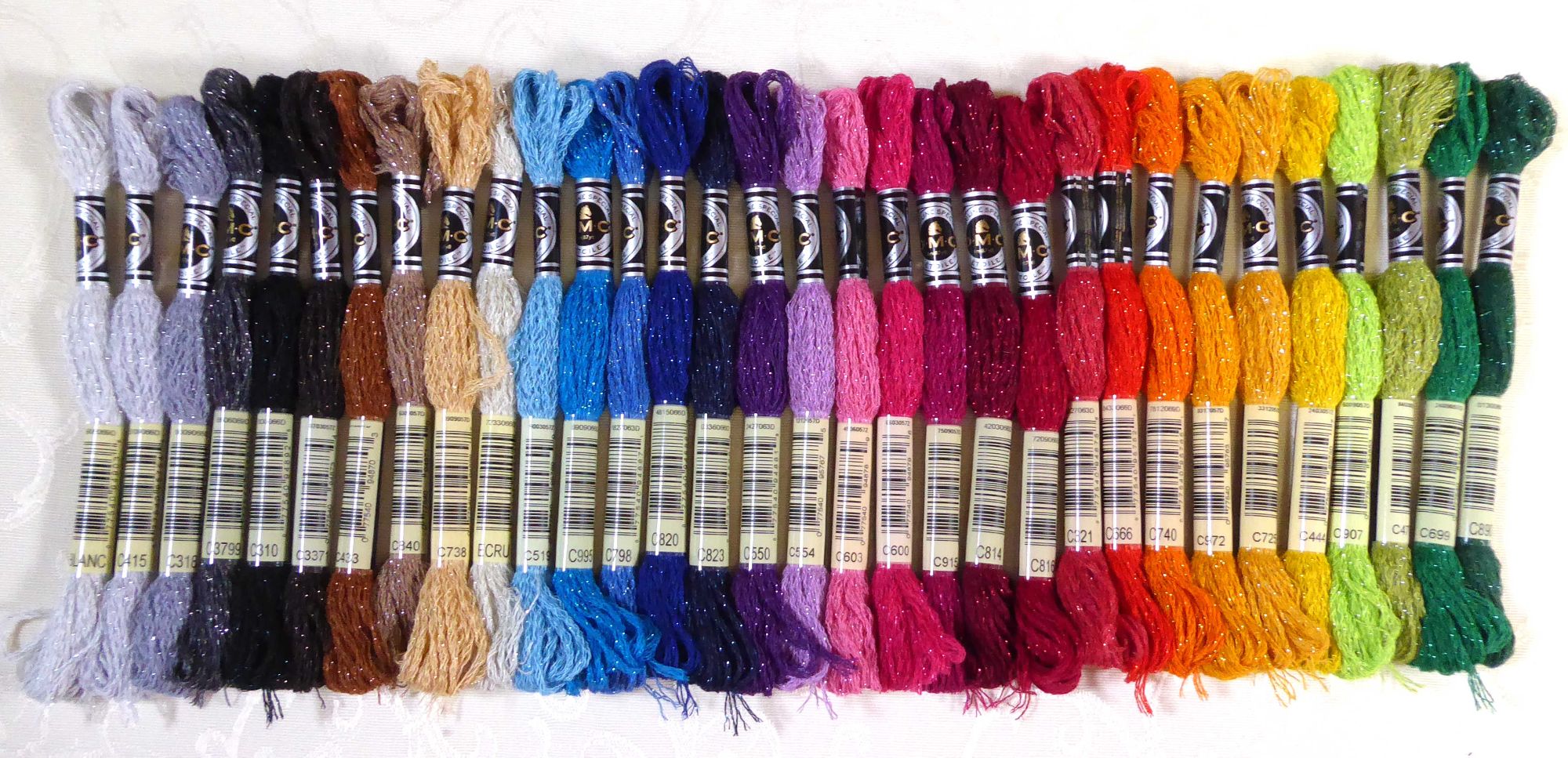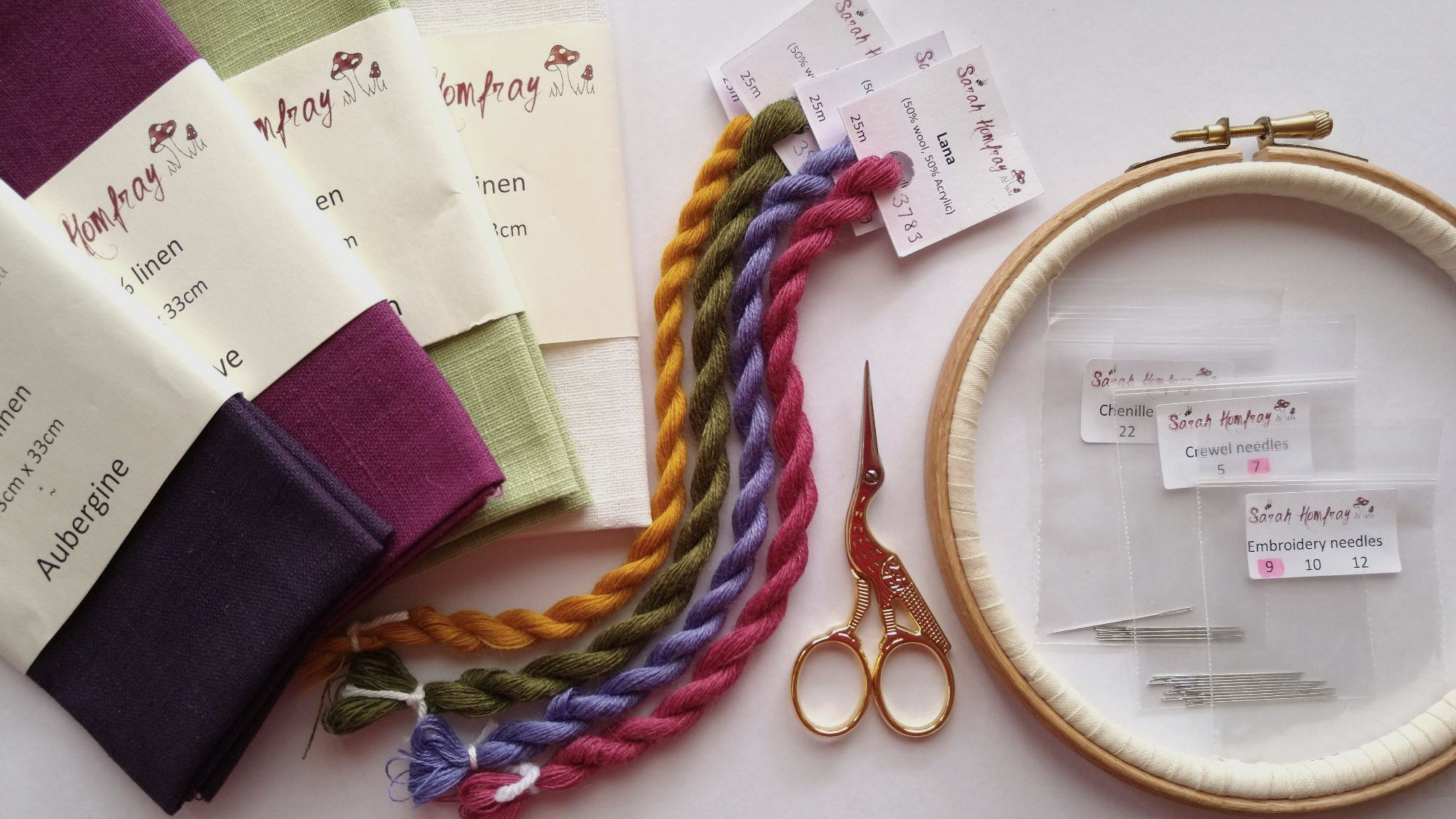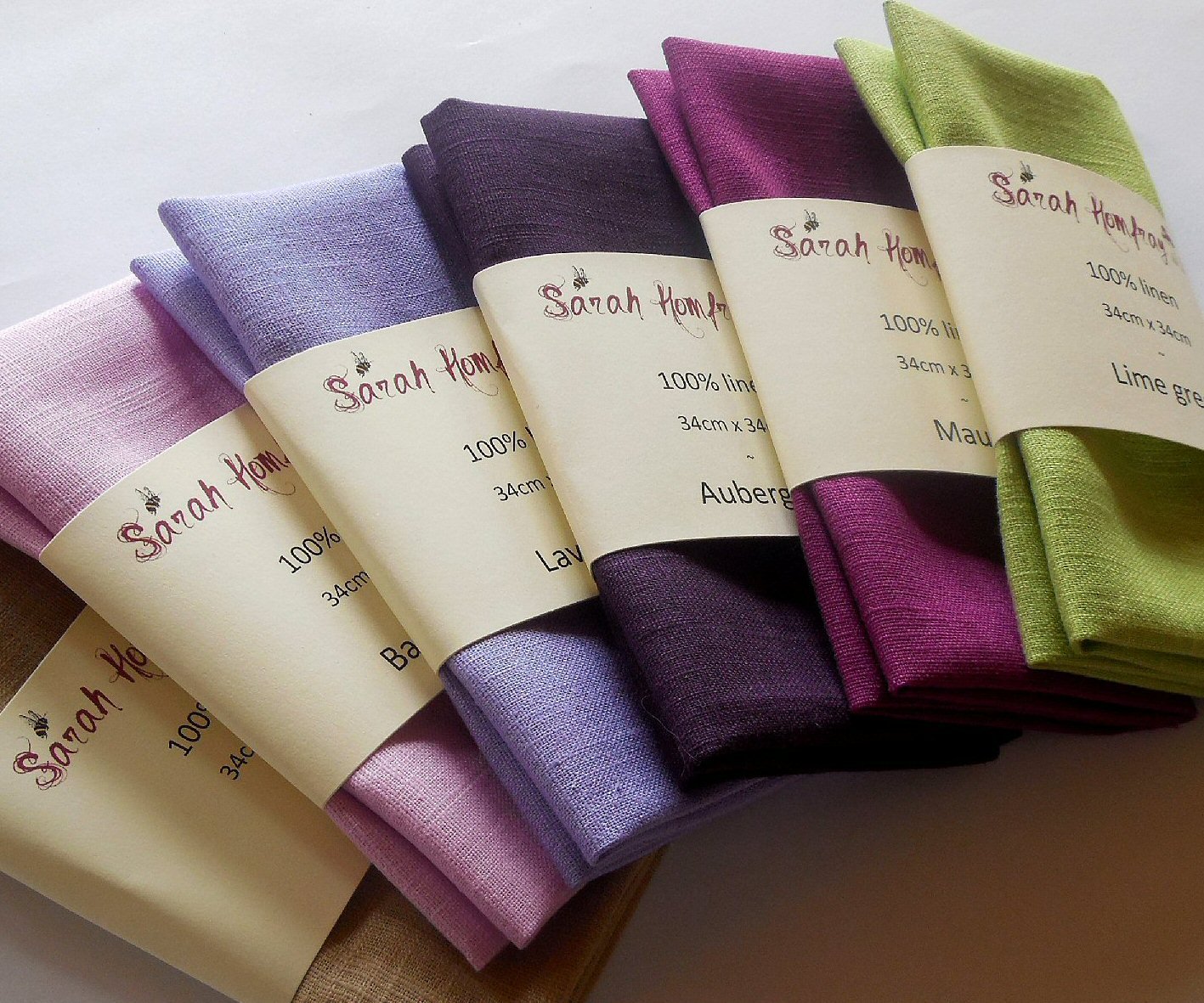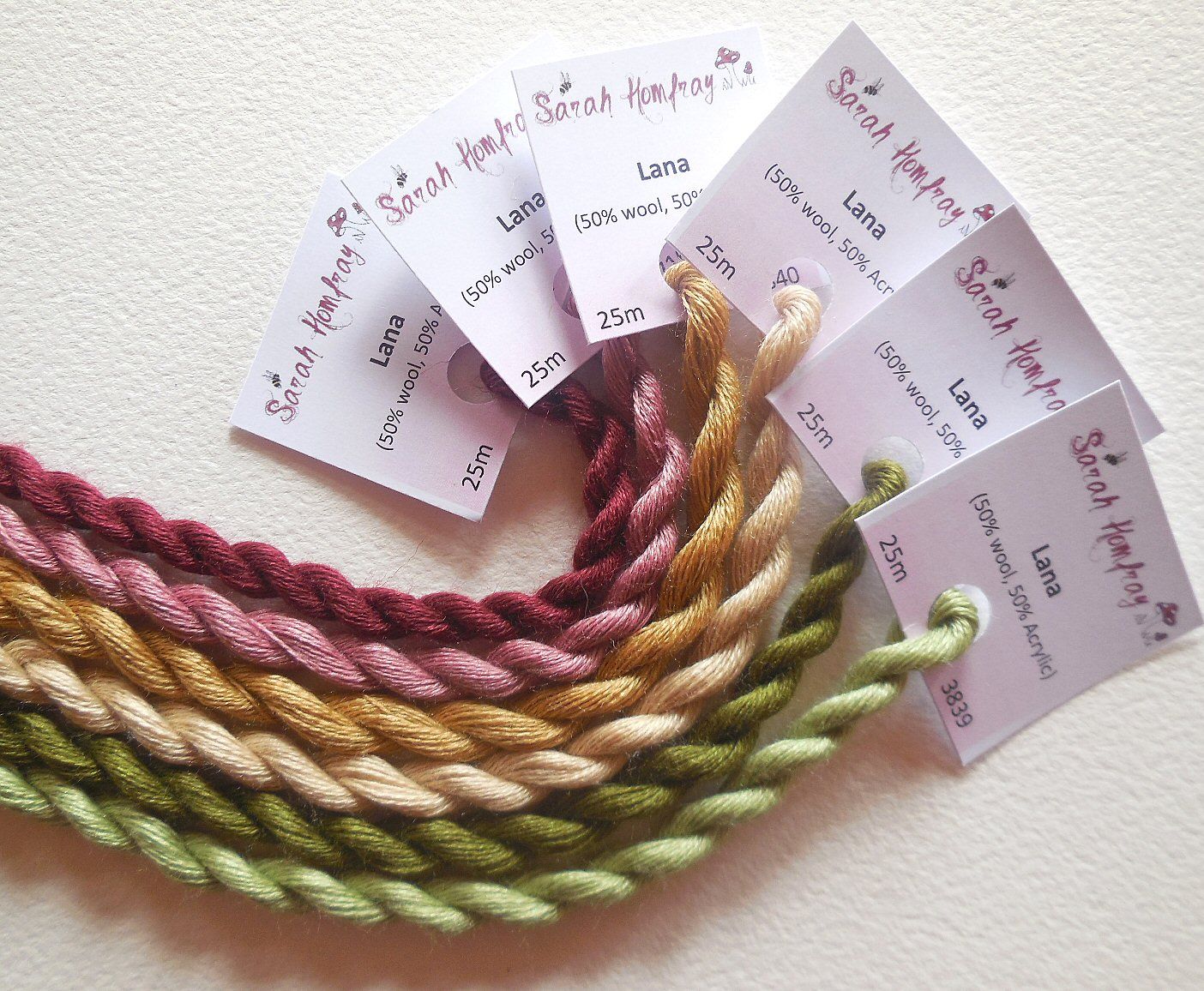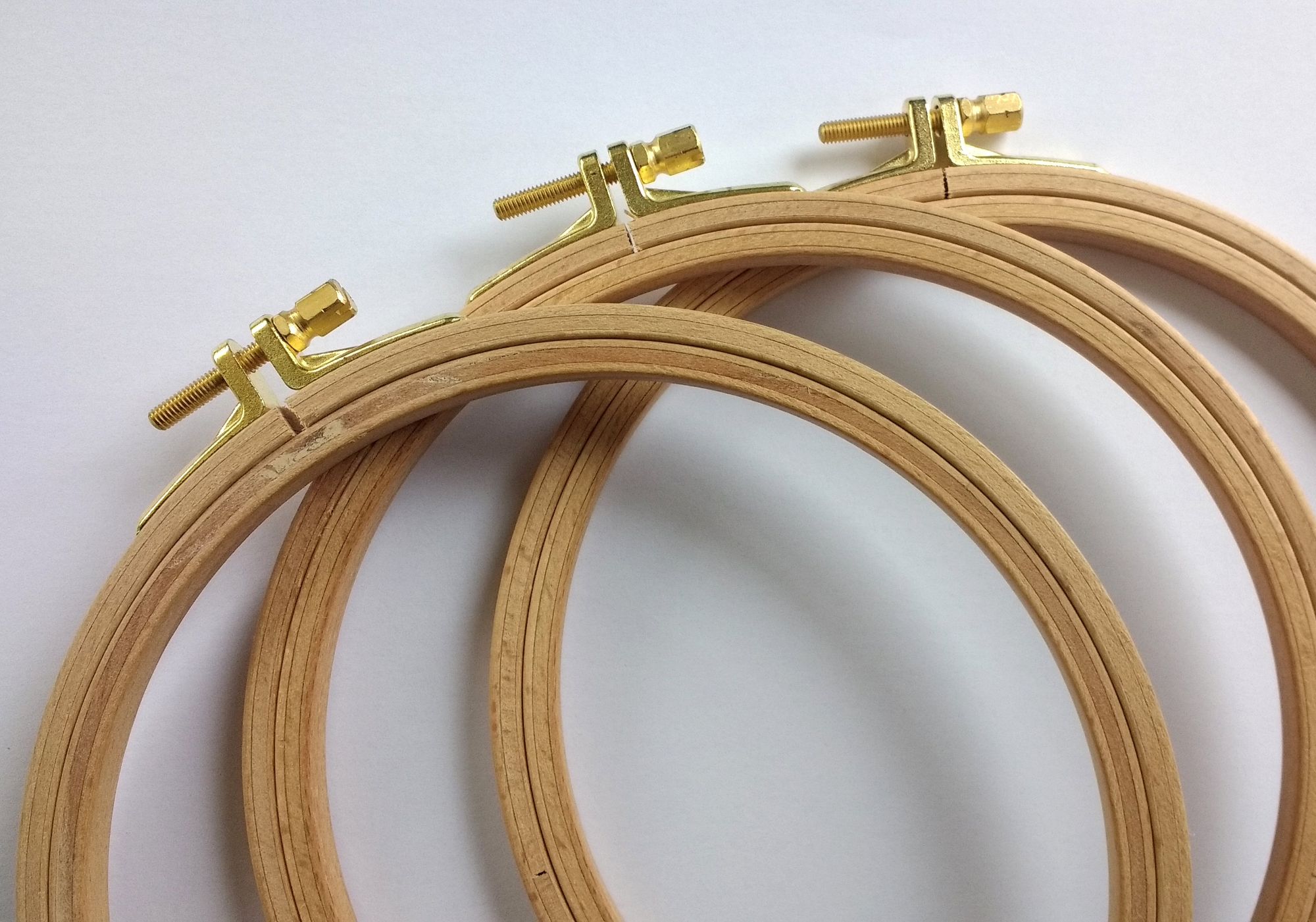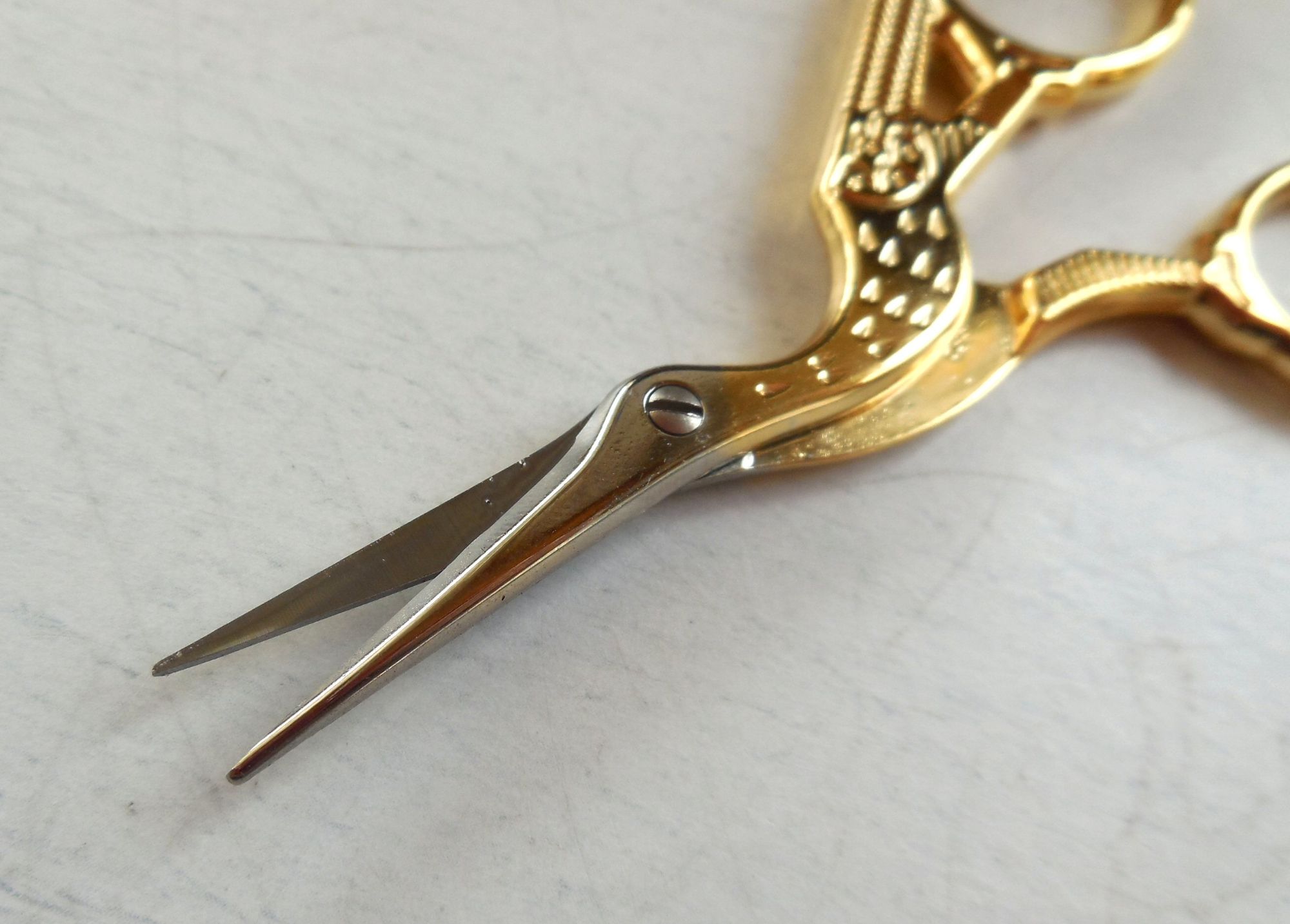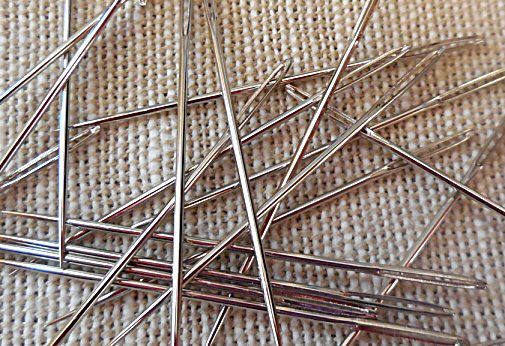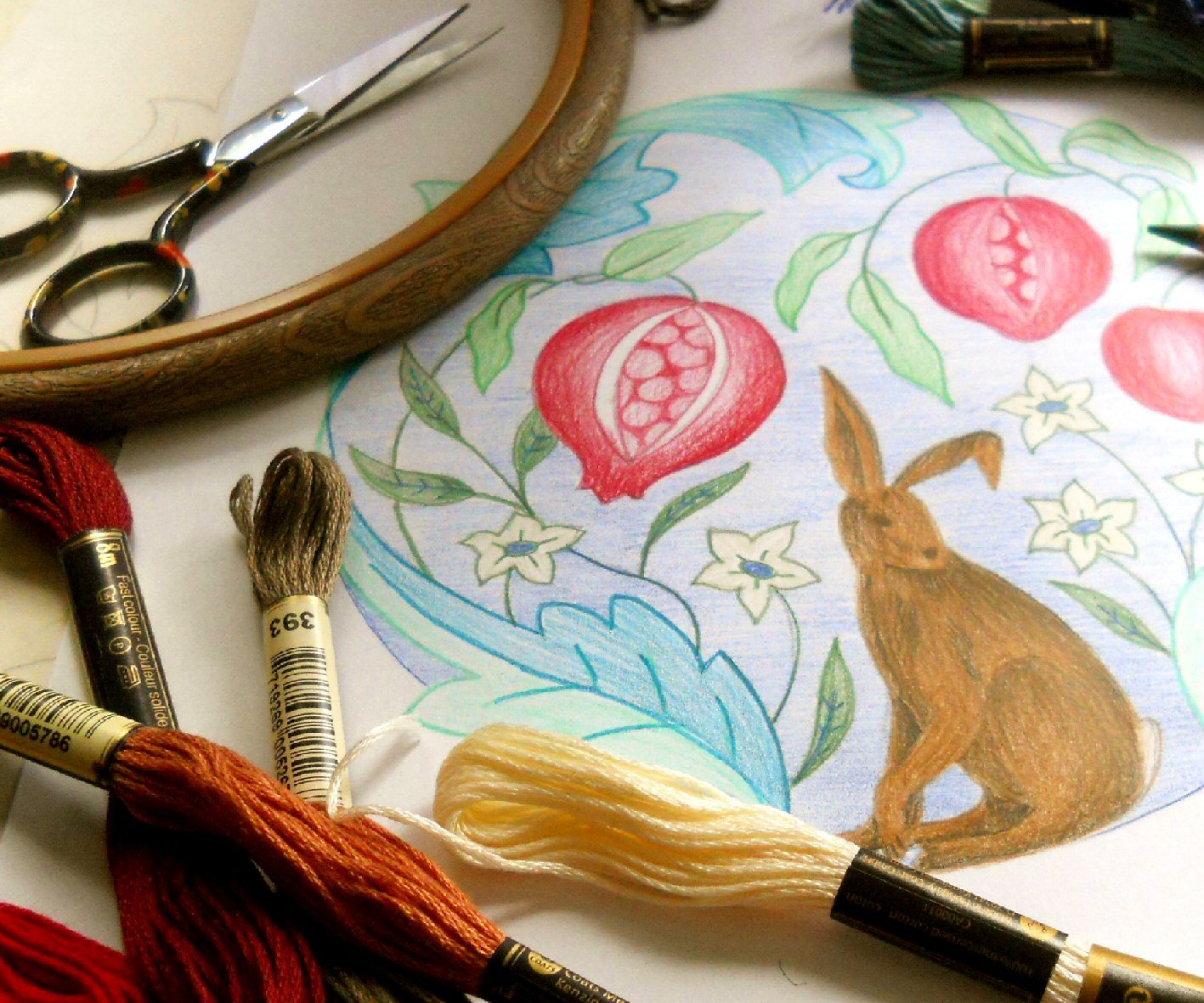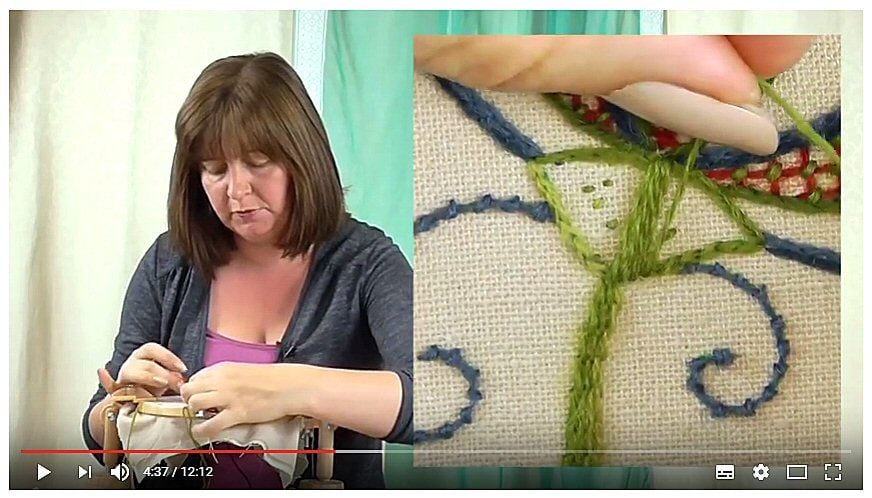Beginning Embroidery
If you have always wanted to start embroidery but don't know where to begin then this is the place for you! I have always believed that embroidery is something that should be available to everyone; it is one of the most inexpensive hobbies to start so requires very little investment for very much pleasure. Below you will find out all about what equipment you need, what fabrics are good to stitch on and how to get a design to stitch. We also have a 3 part video series on beginner's embroidery so why not check these out below, and stitch your first ever project!
Beginner's Embroidery Part 1
Beginner's Embroidery Part 2
Beginner's Embroidery Part 3

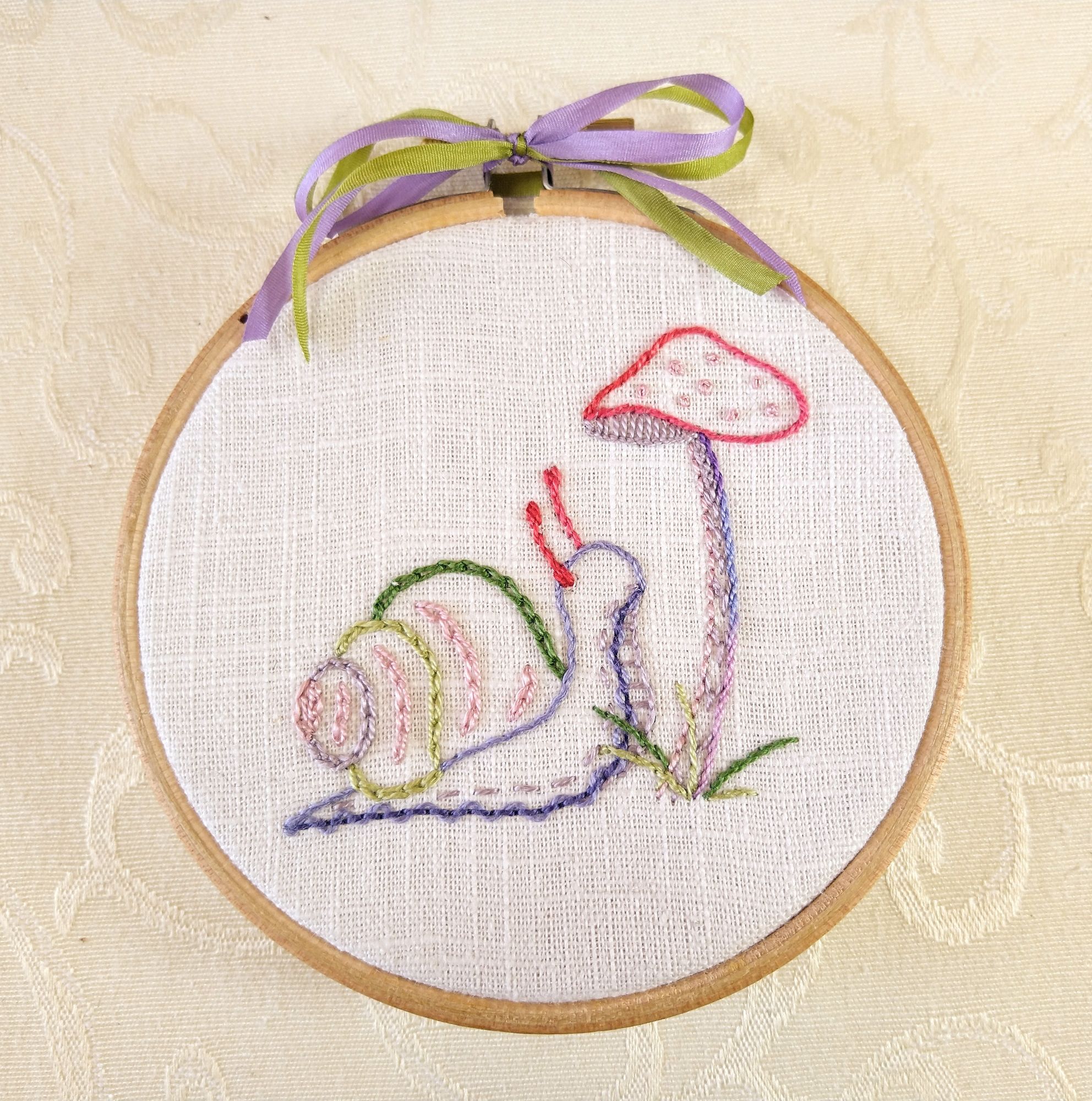

More beginner's embroidery videos
We have lots more videos in our Beginner's Embroidery playlist on our Youtube channel, including how to choose the right needle, how to thread it, what fabric to work on, my tips for improving your embroidery...and so much more! You can check them all out by clicking on the link below:
Need a design to stitch?
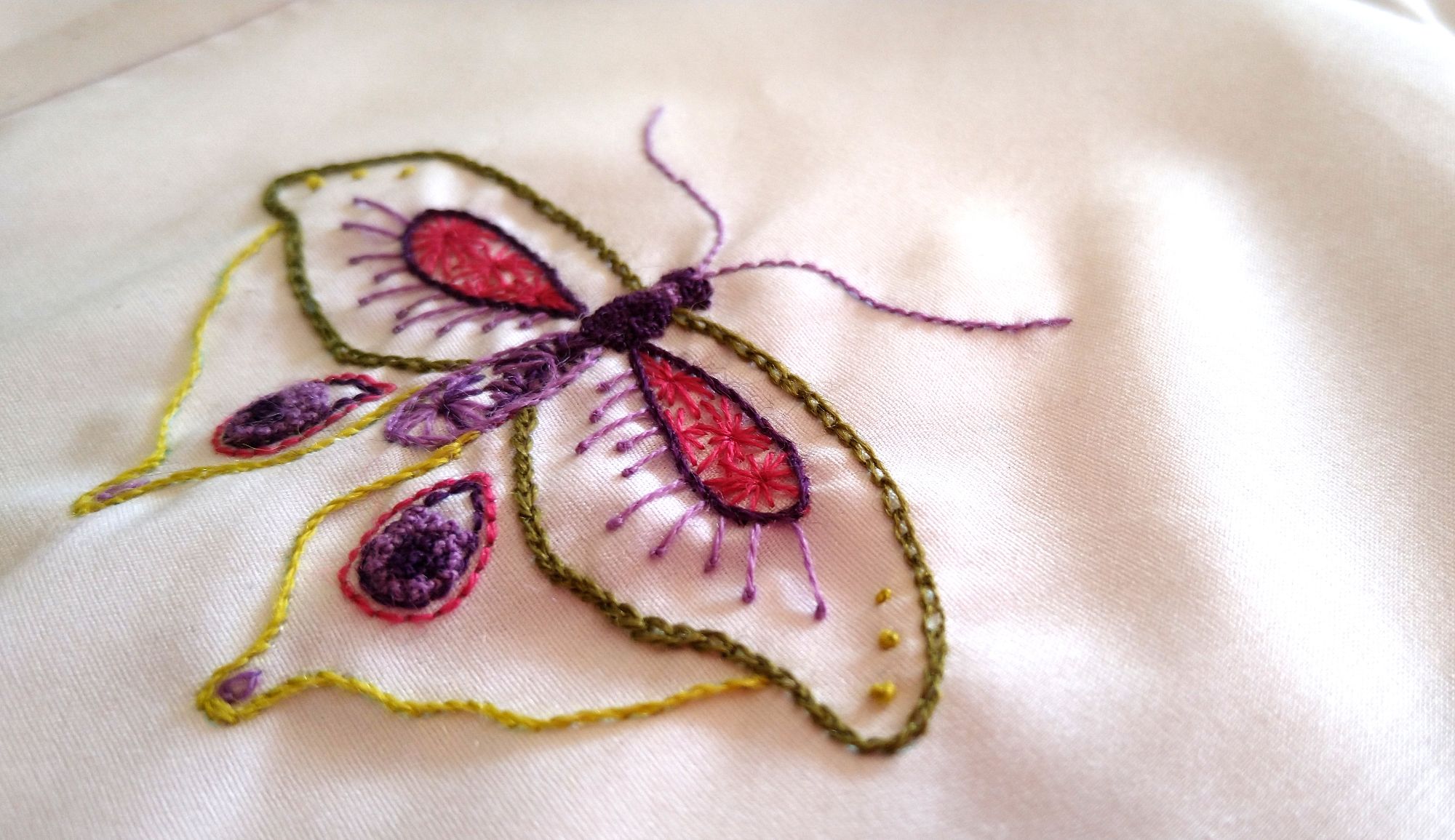
A beautiful free embroidery design and video suitable for beginners!
Try this beautiful Wreath of Roses design, it uses just 7 stitches all suitable for beginners! Watch the video by clicking on the video to the right and download the project outline design from our free stuff page here.
Unless you are stitching the Emperor's new clothes, you will need a few things to get going! Something to stitch on, something to stitch with, a few implements in the form of a needle, some scissors and an embroidery frame, and a design to actually stitch! You can read about these in more detail below. Oh, and one more thing, you need someone to show you how to stitch and luckily, I'm here to help with that too!
Embroidery fabric
You can basically stitch on any kind of fabric but there are fabrics you can use that will make the process easier, especially while you are learning. Try a natural fabric such as a cotton, linen or cotton/linen blend. These won't stretch, distort or slide around in your embroidery hoop. Try a neutral colour at first such as ivory, sand or pale pastel colours as a strong colour can make it difficult to see your stitching. Once you have more experience you can ramp up the colour!
We have a lovely selection of linens and cottons available in our shop here that are perfect for the beginner. Don't forget your calico backing too (see below!).
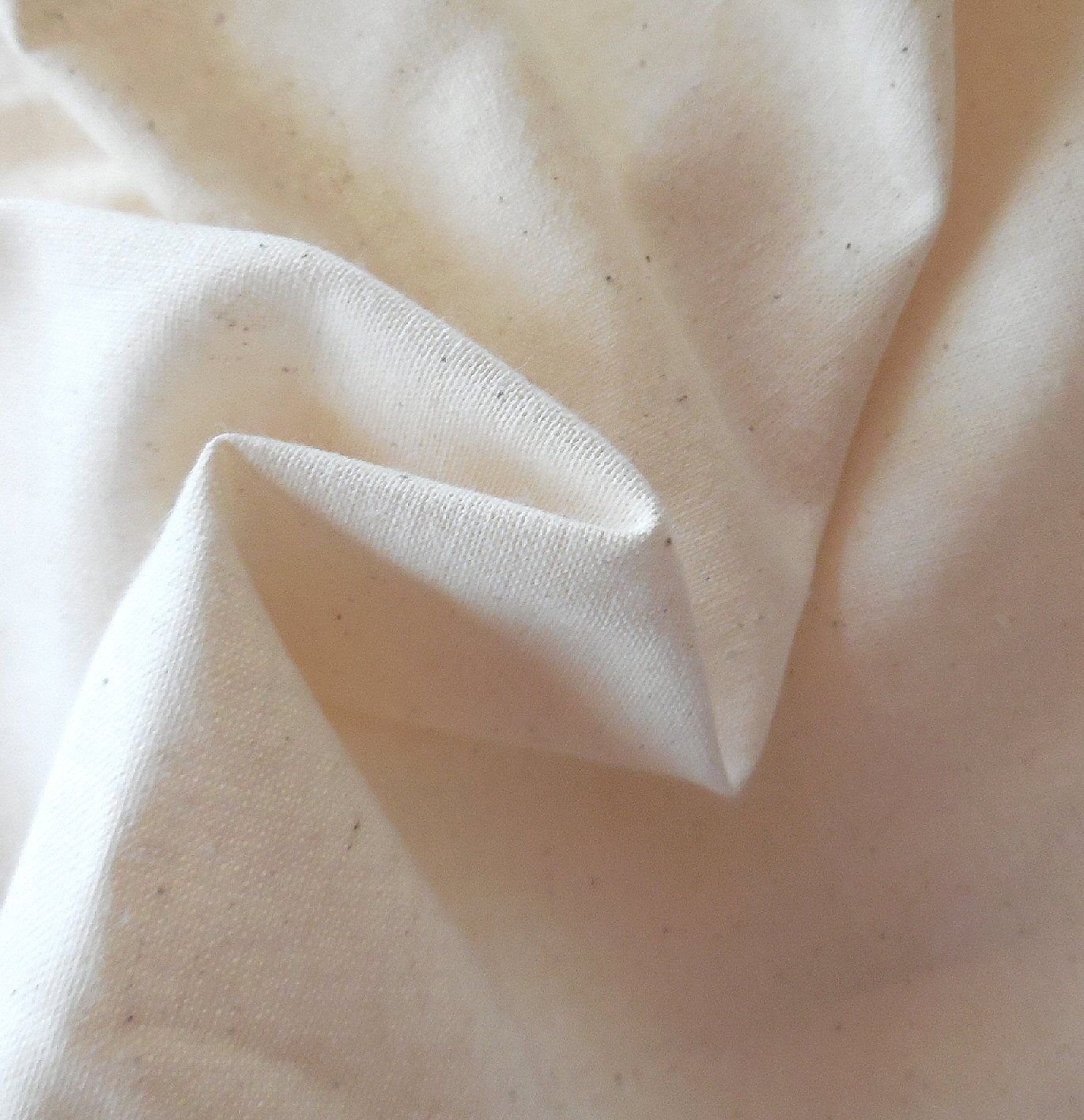
Backing fabric
A backing fabric is often useful too although not essential. If you are intending to work alot of stitches on one piece this can become very dense and start to distort the fabric. A piece on the back will just help to stabalise everything, check out this video here for more information on this!
You can buy a calico backing fabric from our shop here.
Embroidery threads
There are lots and lots of beautiful threads available and it is easy to get sucked in by beautiful colours and exquisite silk and sparkly finishes. My advice though would be to go with something inexpensive while you are learning; using expensive threads puts pressure on you that you don't need! Stranded cottons/floss are great to start with; DMC and Anchor both make these in a fantastic range of colours and they are readily available all over the world. They are colourfast so can be machine washed if you want to sttich on clothing. They come with six separate strands and you can choose how many you want to use in a needle so it's easy to get a different thickness of thread with just one skein. Check out our video all about this thread here! Another nice thread to use is Madeira Lana. This is 50% cotton and 50% acrylic so it has the beautiful soft feel of wool but with the strength of a manmade fibre (and again can be machine washed). We have a lovely selection of these in the shop here.
Embroidery frames
You don't have to stitch with your fabric in a frame and indeed many of the embroiderers I met on my travels to India just hold the fabric in their hand, but I find a frame helps you to keep the tension and relieves pressure on your hand muscles. There are lots of variations of frame available but all consist of either being round hoops or a square frame that slots/fits together. The different frames are good in different situations; the round ring frames are easily available, inexpensive and great if you want to be portable (or sit in your comfy armchair and stitch!). Square frames (stretcher bars, slate frames, roller bar frames) are better if you want to sit upright and have a space to work where you can leave your embroidery out or if you want to hold your frame in some sort of clamp so you can have two hands to work with (more on this below). Just a note on this, you are more likely to find the stretcher bar frames in the US and the ring frames in the UK and Europe. We have both available on our website here, in lots of different sizes.
Frame clamps: These aren't essential but if you decide you love embroidery and want to do alot then you might want to consider one. They clamp around your chosen embroidery frame allowing you to use both hands freely. I use the versatile table clamp in all of my videos (I use two for ease of filming but you only need one!); you can see a video of that here, and they are also available in our shop.
Embroidery equipment
You will need a few other things before you can begin but they are essential!
Needles - This is a huge subject and the sheer number of different types and sizes available can be overwhelming; It is important to have the right one as the wrong one will leave you unnecessarily frustrated. We have a whole video about the different types and when to use what and also a video on how to thread your needles to (there is a tried and tested method!). You can see both of those by clicking on these links:
Scissors - You will need to cut your thread with something (I saw the ladies in India sometimes breaking it with their teeth but I don't recommended this!). It's worh investing in a good pair of embroidery scissors. These are small with a sharp point and will give a nice clean cut of your thread. Using your kitchen scissors just won't 'cut it'. Literally. We have a nice pair of embroidery scissors for sale in the shop here, go on treat yourself.
Embroidery designs
This is the tricky part of the subject! There are loads of designs available on the good old internet that you can seemingly just print off and use. Please be aware however of copyright and respect the designers skill and time it takes to make the designs. Copyright varies from country to country but with the wonderful world of social media, it is easy to upload a picture of something you have stitched and before you know where you are it is out of your hands (if you upload something you have stitched to the internet, always credit the designer). Basically, you can't make money by using someone else's design without their say so. If you intend to sell it or make kits out of it etc, and it's not your own design your are breaking copyright laws, UNLESS it says somewhere with the design that it is free for you to use (some magazines do say this so check first) or you have been given permission to use the design directly. If you want to stitch it for your own personal pleasure then thats' absolutely fine!
We have free designs on our website for you to use non commercially (i.e. please don't make money from them). You can download them from here and print them off. I will keep adding to this to build up a library of designs for you to use.
Of course the best thing to do is to design your own, but this is another subject all in itself that I will tackle another time!
Embroidery books
Now you need to learn some stitches! There are lots of books available with embroidery stitches in, and with so many stitches available it's worth having a few on your shelf as reference; It's not possible to remember everything! Why not borrow them from your library and see which one you like? Here are a few to look out for, but there are many great books in print on stitches and techniques, see what you can find near you:
- Betty Barnden - The Embroidery stitch Bible
- Left Handed Embroiderers Companion and Right Handed Embroiderers Companion (2 books!) - Yvette Stanton
- A-Z of Embroidery Stitches - Country Bumpkin Publications
- Dictionary of Embroidery Stitches - Mary Thomas
- Royal School of Needlework Essential Stitch Guides...- Royal School of Needlework tutors published by Search Press
An embroidery teacher!
Even better than a book though, is to actually see someone doing the stitches in real time! Sarah has been teaching embroidery for over 20 years in person and via YouTube, has a teaching qualification from North Kent College/Greenwich University and is an Alumni of the Royal School of Needlework.
We have a very extensive embroidery video library here at Sarah Homfray Embroidery with videos being added frequently. They are free for you to watch and you can view them on our YouTube channel here. Click on the channel logo and browse the videos and playlists or search for a topic! If you enjoy them please give them a thumbs up to show your appreciation!



I hope this has inspired you to have a go at embroidery. These are just the basics, so start simple and work your way up; just take small steps to begin with! Don't worry about what your first stitches look like, everything takes time to learn so be kind to yourself, just keep stitching and the neatness and enjoyment will quickly come. Check out our shop below for the essentials you might need to get going!
Happy stitching!
Sarah
Buy your embroidery materials here...
We have lots of embroidery materials for sale in our online shop, including needles, scissors, frames, fabric, threads and more. Visit the shop here:
